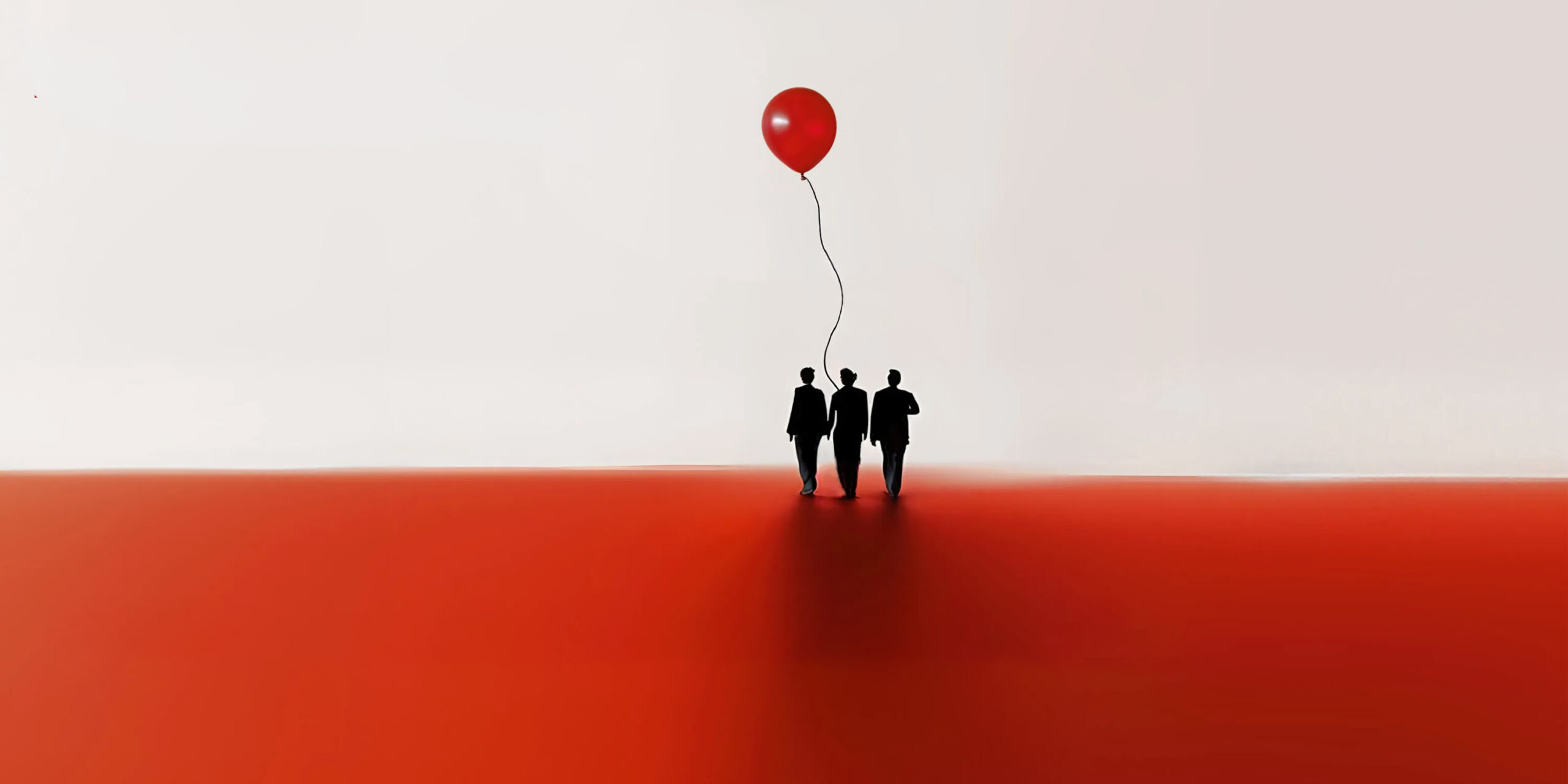
Projects
-
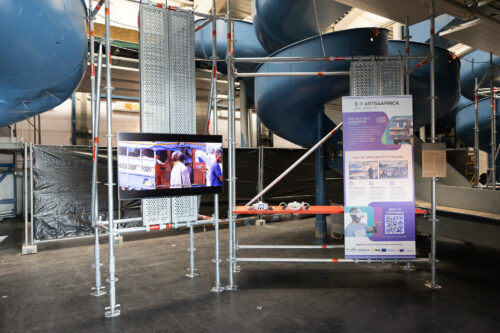
Daladala Verse
Aurelio Mofuga (TZ)
Daladala Verse is the convergence of the mobility stories of the past and future, narrated using XR technologies, blurring the line between tech, art and culture while paying homage to Tanzania’s longest-serving public mini-bus transportation called Daladala.
-
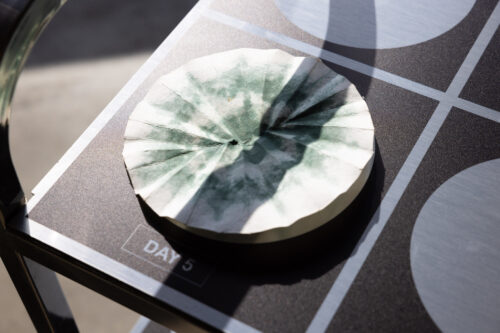
The Solar Share
DISNOVATION.ORG (FR/PL/CA)
The Solar Share project challenges prevailing economic models with insights from sunlight-harvesting organisms that are crucial to life’s metabolism. Featuring a one-square-meter microalgae bioreactor, it highlights human dependence on photosynthesis and proposes edible microalgae as a new economic unit, representing daily biomass yield. It offers a transformative economic system that reintegrates human metabolism and energy…
-
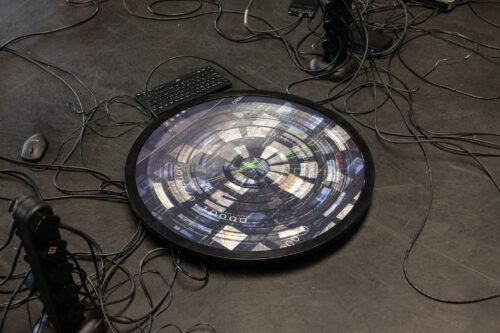
THE ORACLE
Stanza (GB)
The Oracle is a transdisciplinary artwork exploring the future of cities governed by algorithms and acts like a portal. Continuously transforming, the artwork generates an oracular vision of the near future by analysing thousands of city-wide data inputs to make predictive outputs. The machine re-mediates all the collected data, suggesting data consciousness, thereby implying that…
-
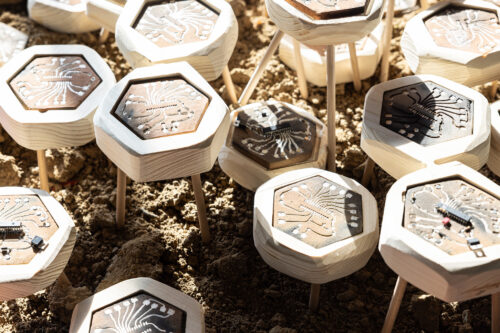
Clay PCB
Patrícia J. Reis (PT), Stefanie Wuschitz (AT)
The project utilized artistic processes to unravel the ecological impact and human rights violations inherent in hardware production. The goal was to raise awareness and generate knowledge on alternative commodity chains for hardware production. Following principles of de-growth, it called for decentralized, ethical and sustainable forms of manufacturing electronics. Building on their expertise in queering…
-
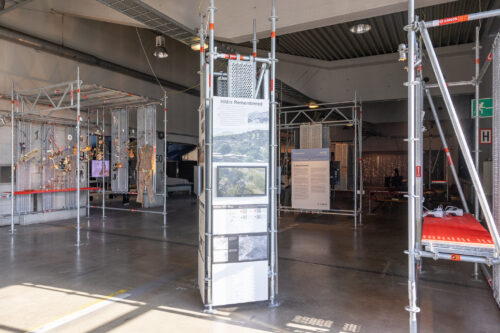
VRJ Palestine
Artists: Nisreen Zahda (PS)
VRJ Palestine project experiments and explores the possibilities and limitations of using Virtual Reality tools to recapture places lost during the 1948 Nakba and its aftermath. This is achieved by virtually reconstructing the demolished Palestinian villages based on available archival data and survivors’ accounts.
-
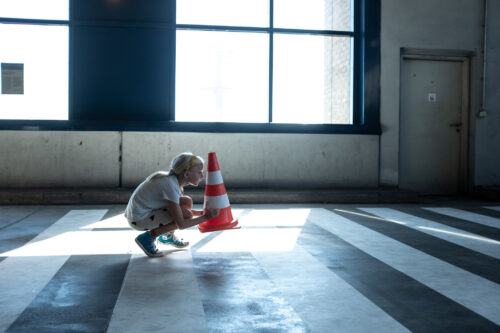
How (not) to get hit by a self-driving car
Tomo Kihara (JP), Daniel Coppen (GB)
Game installation that challenges people to cross the street without being detected by an AI. How (not) to get hit by a self-driving car is a game installation that challenges people to cross a virtual street undetected by an AI-powered self-driving car simulation. By disguising themselves to avoid detection, players expose both the system’s blindspots…
-
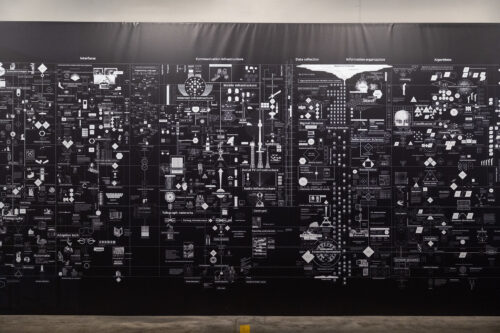
Calculating Empires
Kate Crawford (AU), Vladan Joler (RS)
Calculating Empires is a large-scale research visualization and physical installation exploring how technical and social structures co-evolved over five centuries. It traces technological patterns of colonialism, militarization, automation, and enclosure since 1500 to show how these forces still subjugate and how they might be unwound.
-
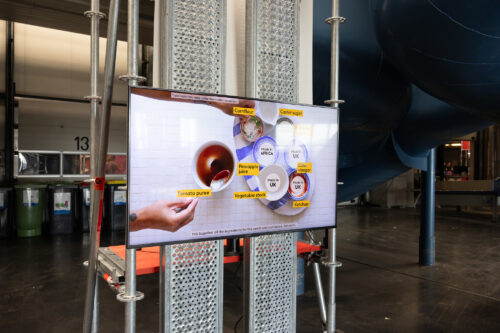
Low Carbon Chinatown
Ling Tan (UK/SG)
Low Carbon Chinatown is an interactive urban intervention, participatory platform and meal-as-performance, founded on AI and data science, addressing the Climate Crisis through the lens of global agri-food systems. With Asian Chinese diasporic food culture as a starting point—for its popularity and perceived high-carbon footprint due to imports—the project engages large groups of East and…
-
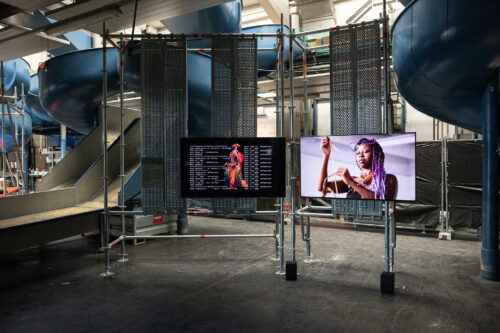
Black Body Radiation: Rescripting Data Bodies
Ama BE (GH/US), Ameera Kawash (PS/US)
Black Body Radiation: Rescripting Data Bodies is a collaborative art project by Ameera Kawash and Ama BE. It reimagines relationships between embodiment and datafication, interlinking live performance, AI-generated avatars, and body sensor networks to challenge dominant configurations of identity, data and commodification. Drawing from African masquerade and the concept of avatars, it integrates live performance…
-
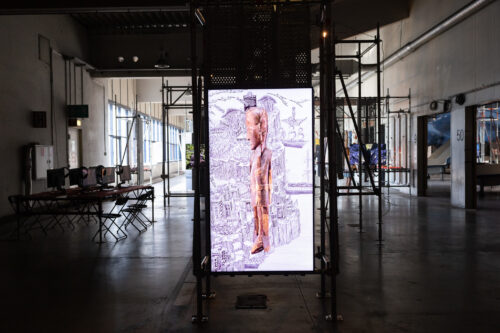
Balot NFT
Cercle d’Art des Travailleurs de Plantation Congolaise (CATPC), CD
The Balot NFT puts digital ownership of culture into the hands of the many and helps buy back land once stolen. In a radical new model of restitution, NFT technology becomes a tool for decolonization.
-
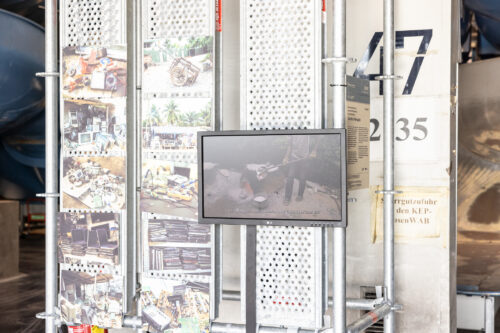
Into the E-Metropolis
Akwasi Bediako Afrane (GH), Anwar Sadat Mohammed (GH), Cyrus Khalatbari (FR/CA)
Into the E-Metropolis is a workshop-based initiative that focuses on reshaping the narrative of Ghana’s relationship with electronic waste.
-
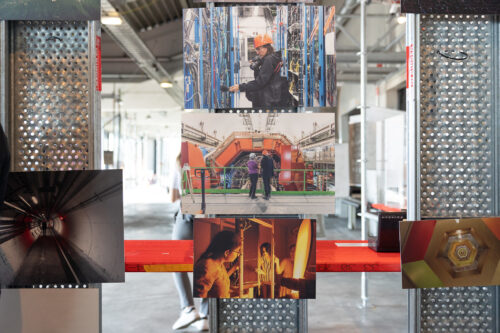
Arts at CERN
Arts at CERN is the arts programme of CERN, the European Laboratory for Particle Physics in Geneva, Switzerland. Since 2012, when the first residence arrived, we have invited artists to experience how physicists and engineers use the world’s largest and most complex scientific instruments to explore the big questions about the Universe. Arts at CERN…